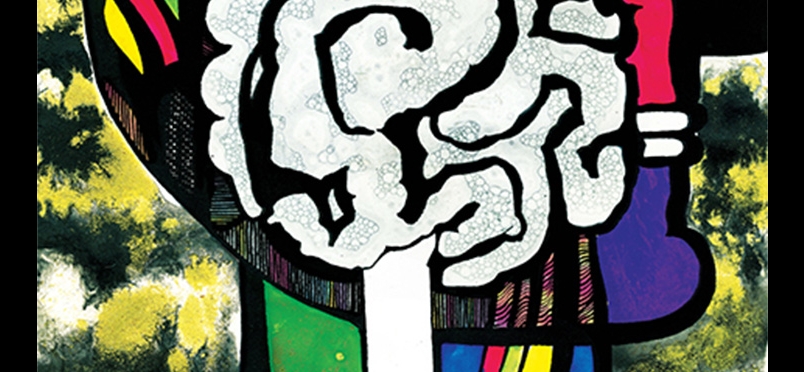| pediatrics
Pediatric Amplified Pain: How to Recognize and Respond

Intensive Therapy Stresses Functional Restoration to Achieve Pain Reduction
A recent article appearing in The Washington Post discusses the incidence of complex regional pain syndrome (CRPS) in children, including the reasons why certain populations such as teen girls who are high achievers seem to be at elevated risk for the condition. Also termed amplified musculoskeletal pain, it can be difficult to diagnose and treatment delays can exacerbate symptoms, provoke a loss of functionality, and induce a cycle of escalating pain. But rehabilitation programs that are specialized to treatment of chronic pain syndromes have been found to be especially effective with pediatric patients.
Breaking the feedback loop that sustains chronic amplified pain is best accomplished with physical therapy that seeks to restore functionality, even at the cost of inducing more pain initially. Children’s Hospital of Philadelphia is cited for its system of therapy that combines aerobic exercise, counseling, and physical and occupational therapy in an intense, 5- to 6-hour per day routine. Cara Hoffart, DO, currently director of the Rehabilitation for Amplified Pain Syndrome Program at Children’s Mercy Hospital, Kansas City, Missouri, commented “If it hurts to do something, that’s what you should do.” Pediatric amplified pain may be becoming more common according to some clinicians, and may be triggered by being overscheduled and under stress. High-achieving Type-A teenage girls seem to be particularly at risk.
Read the story.
Other Categories:
Did you enjoy this article?
Subscribe to the PAINWeek Newsletter
and get our latest articles and more direct to your inbox
